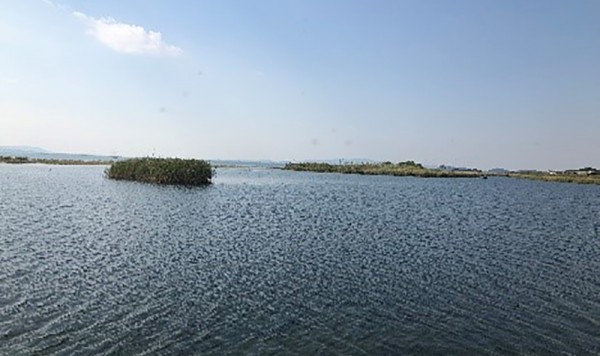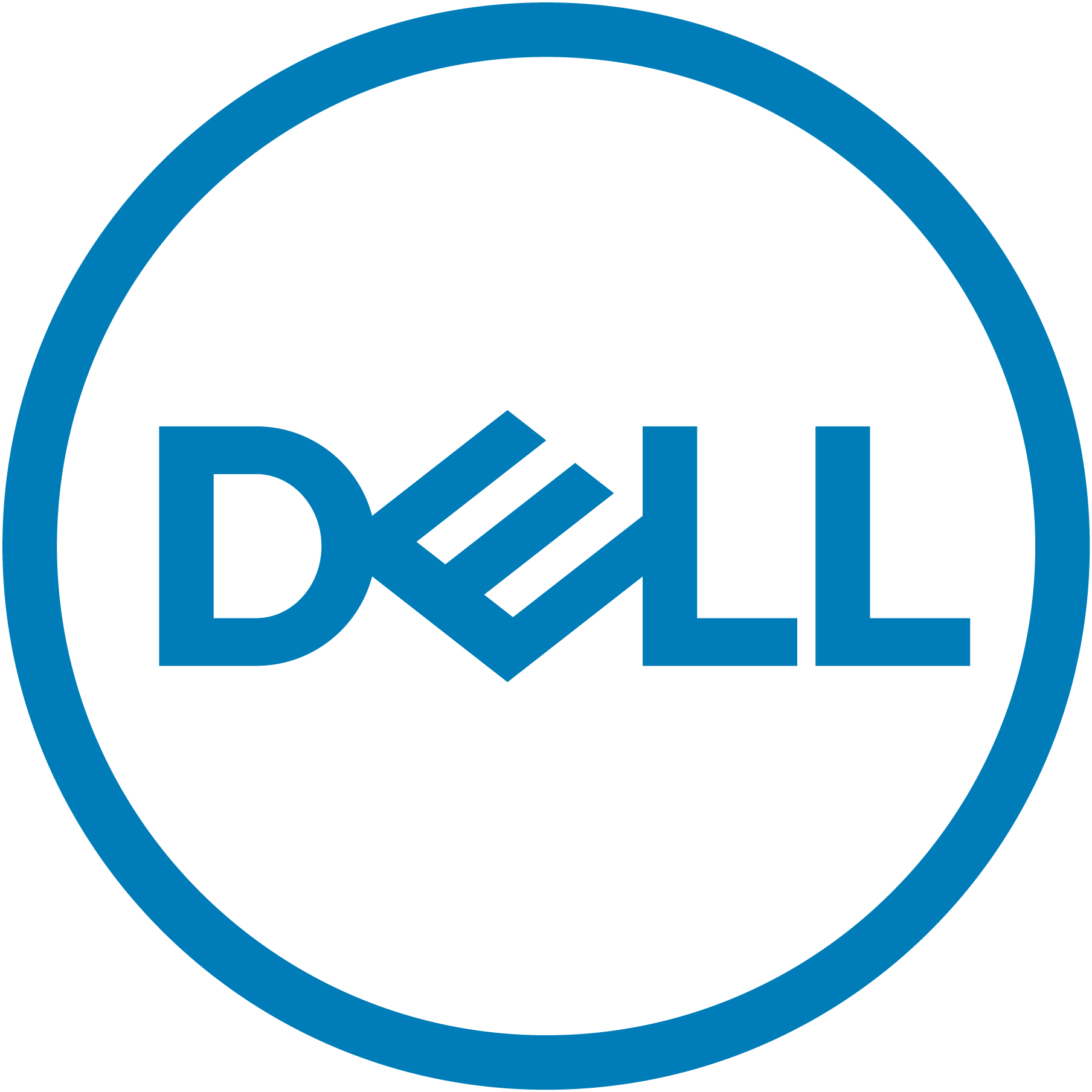Working Together for Water and a Cleaner Lake Taihu
By Christy Abizaid

As featured on the Direct2Dell Blog
Imagine if a toxic microcystis algae bloom left 2.3 million people (about the population of Paris, France) without drinking water for a week.
After years of poor sewage systems, fertilizer runoff and wastewater from industrial processes, this is exactly what happened at China’s Lake Taihu in 2007, near some of our suppliers. Incidents like this have far-reaching consequences, especially when you consider that only 0.5 percent of world’s freshwater reserves are accessible (according to WBCSD) and more than half of the world’s population will live in areas of significant water shortage by 2025, according to the United Nations.
Dell’s supply chain sustainability team is keenly focused on the importance of this issue and the role freshwater plays in the social, economic and environmental issues Dell must address – both for ourselves and across our supply chain.
A 2016 McKinsey study suggested that 90 percent of air, soil, and land impacts associated with consumer goods are supply chain-related. Meanwhile, organizations such as Business for Social Responsibility (BSR) are highlighting dynamics such as the competition among supply chains for limited water supplies, alongside other key sustainability challenges such as climate change and population growth.
We have an opportunity for real impact here, and focus on addressing both our direct water use, as well as driving positive change among our supply base.
Dell’s own water use
Our offices focus on efficiency programs to reduce water use – everything from reduced irrigation and low-water landscaping to rainwater harvesting and greywater use.
For our direct operations, we focus our water conservation efforts in regions where there are water scarcity concerns due to weather or infrastructure issues. Our Dell-operated facilities in India are a great example, where each facility has an on-site wastewater treatment plant because nearby cities lack central treatment facilities. At four of our largest campuses in the country, we reuse about 80 percent of the wastewater, repurposing it to water landscapes and flush toilets. Of course, we also track the water consumption in the buildings we own or manage, and have implemented water conservation actions globally, such as replacing less-efficient fixtures with low-flow sinks and toilets and converting portions of the landscaping in drier climates to xeriscape or native vegetation.
Understanding water in our supply chain
While we hold ourselves to account for strong water stewardship, we do the same for our suppliers. In 2014, we surveyed our suppliers’ water use to understand how much water they were using, how they were using it and what they were doing to reduce usage. This allowed us to better map our supply chain both against water use-intensity and geographic water stress.
Beyond better information provided by the survey, we also developed a methodology and toolkit for our suppliers to help them monitor and report their own water use. Often, effective monitoring of water use can lead to great improvements at low costs, especially by identifying previously undetected leaks or finding ways to improve wastewater quality via filtering and purification (potentially allowing for greater reuse vs. discharge). We also asked our suppliers to put together 5-year risk mitigation plans focused on water.
We first distributed the new methodology and toolkit in 2016 with manufacturers, including those making LED and LCD monitors and hard drives. We are continuing to roll it out to suppliers of processors, connectors, batteries, cable and power units. So far, our program has engaged 150 of the most intensive water-users identified in our survey; last year alone saw 110 projects implemented by them, leading to an aggregated reduction in freshwater use by 815,000 cubic meters – enough to fill 350 Olympic swimming pools. Our suppliers also reduced wastewater discharge by 2.4 million cubic meters – enough to fill up the Great Pyramid at Giza!
What about Lake Taihu?
Of course, impressive improvements like this only go so far if the communal water supply isn’t cared for. We wanted to show how working together could not just reduce water use, but actually improve water quality.
Enter Lake Taihu.
In 2017 and again in 2018, we brought together a group of our suppliers, local community representatives, other consumer brands, and industry groups who are present in this water basin to address the ongoing risks and challenges that led to the 2007 algae outbreak.
The roundtables provided the basis for discussions on increasing use of recycled water, implementing water metering management, and storing and treating wastewater sludge, with progress on agreed initiatives tracked accordingly. The participants underwent further training on data collection and analysis as well as water risk assessments, with companies such as Dell sharing their in-house tools on monitoring, evaluation and engagement techniques.
Dell is also working with our suppliers in the Lake Taihu catchment to become certified to the Alliance for Water Stewardship (AWS)International Water Stewardship Standard, a global standard that demonstrates efficacy to water stewardship. We had two of our suppliers in the region certified earlier this year. Dell is also partnering with AWS in the area, to leverage their network to engage more stakeholders and benchmark their mechanisms to treat wastewater effectively.
“Collaboration is essential to our efforts to address water risks,” says Jason Ho, Director of Supply Chain Social & Environmental Responsibility, Dell. “Developing and sharing tools to help suppliers and Dell track progress, and connecting suppliers with the right resources for improvement, allows us to partner with our supply chain to holistically address water risks. We’re continuing to align with all our stakeholders on actions to leave the environment better than we found it and looking forward to continuing to extend our activities across Dell’s supply chain.”
We are now reviewing the opportunity to increase impact across other watersheds around the world, as well as encouraging suppliers to take a similar approach in their locations.
More information about our activities is available on our website. Our Water Policy Principles outline the actions we’re taking to understand and manage the impact of our business on water use and quality.
We are committed to driving transparency, accountability and continuous improvement throughout our global supply chain. Explore our approach to Supply Chain Responsibility including our Dell Supply Chain Sustainability Progress Report.

